Master Microsoft Excel for Data Analysis
Discover how Microsoft Excel, a leading spreadsheet application, excels in data organization, analysis, and visualization. Learn valuable tips and tricks to enhance your data analysis skills with Excel and unlock its full potential.
3/27/20255 min read
INTRODUCTION AND USES OF MS EXCEL
Microsoft Excel is a powerful spreadsheet application widely used for data organization, analysis, and visualization. It allows users to create tables, perform calculations using formulas, and generate charts to interpret data effectively. Excel is essential for various professionals, including accountants, data analysts, and project managers, who rely on its features to manage financial data, track progress, and forecast trends. The software supports a range of functions, such as sorting and filtering data, creating pivot tables, and automating tasks with macros. Additionally, Excel is utilized in educational settings for teaching mathematics and statistics, and it can also handle large datasets, making it suitable for research purposes. With its user-friendly interface and robust capabilities, Microsoft Excel remains a staple tool in both business and academic environments, facilitating better decision-making and improved productivity.
DIFFERENCE BETWEEN EXCEL AND GOOGLE SHEETS
Excel and Google Sheets are both powerful tools for managing data, but they have distinct differences. Excel is a desktop application that offers advanced features and capabilities for complex data analysis, making it a preferred choice for professionals in fields like finance and engineering. It allows users to work offline and supports intricate functions, macros, and extensive visualization options. On the other hand, Google Sheets is a web-based application that emphasizes collaboration and accessibility. Multiple users can edit documents in real-time, making it ideal for team projects. While it may not provide all the advanced functionalities of Excel, Google Sheets has steadily improved, integrating with various Google services and offering seamless sharing options. Ultimately, the choice between the two often depends on user needs—whether one prioritizes advanced analytics or collaborative features.
Excel Formulas
There are many formulas in excel you can use for working with data. All formulas start with an equal sign (=). Start formula by typing the equal sign in the cell where you want the result to show up.
Basic Formulas in Excel
There are some important formula which I am showing below:
1. Add: Use the plus sign (+) to add values from two or more cells.
· Example =B1+C1
2. Subtract: Use the minus sign (-) to subtract values from two or more cells.
· Example=B1-C1
3. Multiply: Use the asterisk () to multiply values from two or more cells.
· Example=B1*C1
4. Divide: Use the forward slash (/) to divide values from two or more cells.
· Example=B1/C1
5. DATE: Creates a date value based on specified year, month, and day.
· Example=DATE(2025, 3, 23)
6. IF: Performs a logical test and returns different values based on the test result.
· Example=IF(B1>C1, "Yes", "No")
7. AVERAGE: Calculates the average of values in a range.
· Example=AVERAGE(B1:B4)
Excel Functions
Excel functions are shortcuts that help you do things faster. For example, writing a long formula to add numbers, we can use the SUM function to add up a bunch of numbers at once. See below some popular functions:
1. SUM: You can use the SUM function to add numbers in a range of cells. Just put the range of cells you want to add inside parentheses. For example, to add the values in cells B1 through B7, use the formula =SUM(B1:B7).
2. AVERAGE: You can use AVERAGE function to calculates the average of numbers in a range of cells. For example, to find the average of values in cells B1 through B7, you can use the formula =AVERAGE(B1:B7).
3. IF: The "IF" formula in Excel is a powerful logical function that allows users to perform conditional tests, returning one value if the condition is true and another if it is false. For example, if you have a list of students’ scores in column A and want to determine if each student has passed or failed, you can use the formula =IF(B1>=50, "Pass", "Fail"). In this case, if the score in cell B1 is 50 or higher, Excel will display "Pass"; otherwise, it will show "Fail". This function is particularly useful for data analysis, enabling users to categorize and manage data effectively based on specific criteria. Whether evaluating performance, tracking shipments, or managing budgets, the "IF" function is an essential tool in Excel for making informed decisions based on data.
See below IF function example:
4. VLOOKUP: The VLOOKUP function in Excel is a powerful tool that allows users to search for a value in one column and return a corresponding value from another column in the same row. For example, suppose you have a table containing employee names in column A and their corresponding salaries in column B. If you want to find the salary of a specific employee, you can use the VLOOKUP function. The formula would look like this: =VLOOKUP("Pradeep", A2:B5, 2, FALSE). In this formula, "John Doe" is the value you're searching for, A2:B10 is the range of your table, "2" indicates that the function should return the value from the second column (salaries), and "FALSE" specifies that you want an exact match. This function streamlines data retrieval and enhances productivity in data management tasks.
5. COUNTIF: The COUNTIF function in Excel is a powerful tool that allows users to count the number of cells within a specified range that meet a certain condition. For example, if you have a list of sales figures in cells A2 to A5, and you want to count how many of those figures exceed 100, you would use the formula =COUNTIF(A2:A5, ">100"). This formula evaluates each cell in the range A1 through A10, counting only those that contain a value greater than 100. The COUNTIF function is particularly useful for data analysis and reporting, as it enables quick insights into datasets by applying specific criteria, making it easier to understand trends and patterns in the data.
Conclusion
When comparing Microsoft Excel and Google Sheets, both tools offer robust functionalities for data management and analysis. Excel, with its rich features and advanced capabilities, is often favoured for complex tasks such as financial modelling and extensive data manipulation. Its powerful graphing tools and extensive formula options make it a staple in many professional settings. On the other hand, Google Sheets shines in collaboration, allowing multiple users to work simultaneously in real-time, making it ideal for team projects and remote work. Its cloud-based functionality ensures that data is accessible from anywhere, and the seamless integration with other Google Workspace tools enhances productivity. Ultimately, the choice between Excel and Google Sheets hinges on specific user needs—whether for intricate analysis or convenient collaboration.
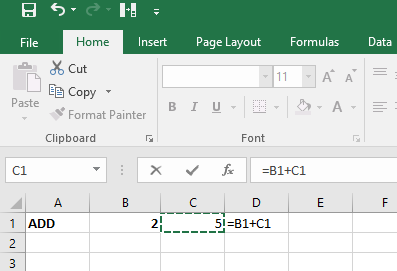

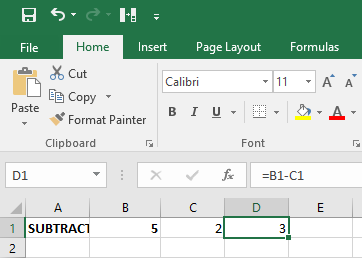

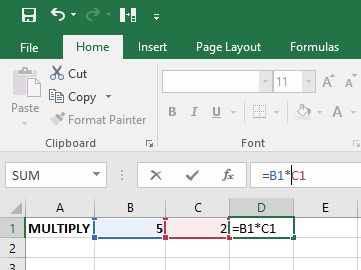

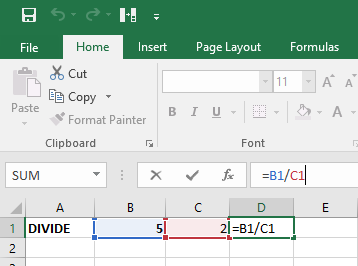

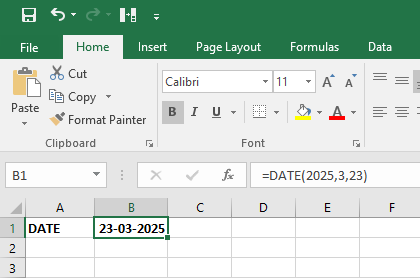

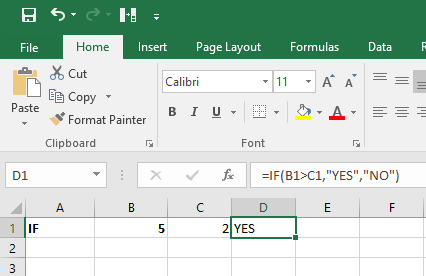

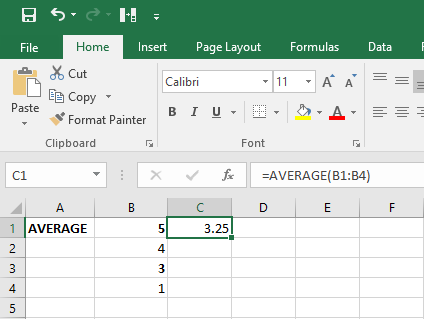

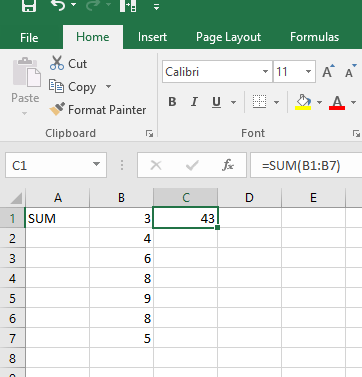

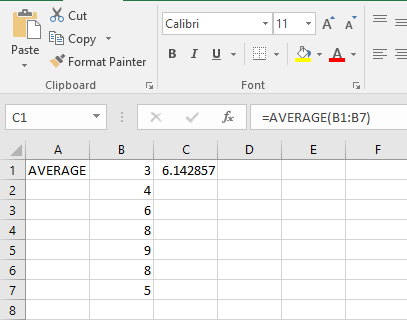

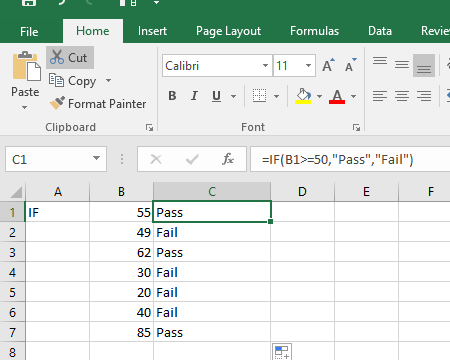

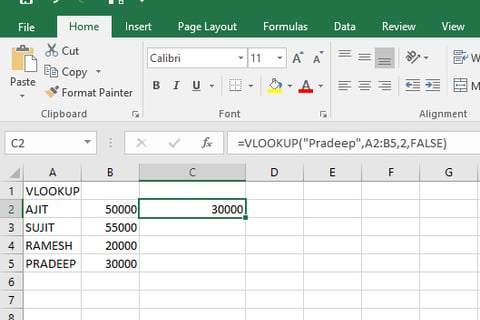

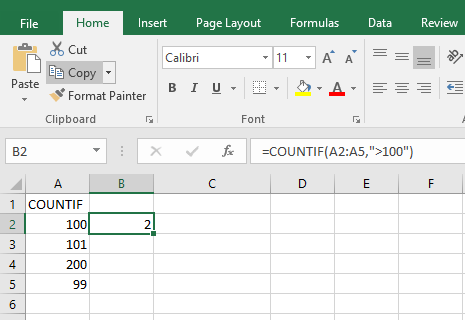

Knowledge
Connect
info@eduglow.in
+91-9313746414
© 2024. All rights reserved.
